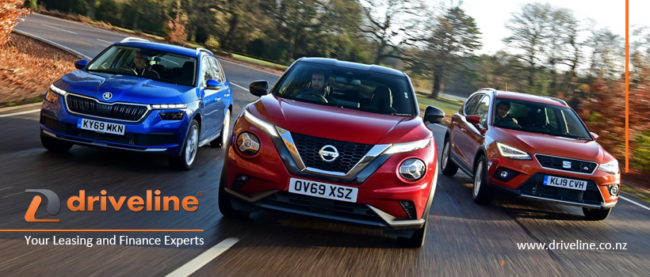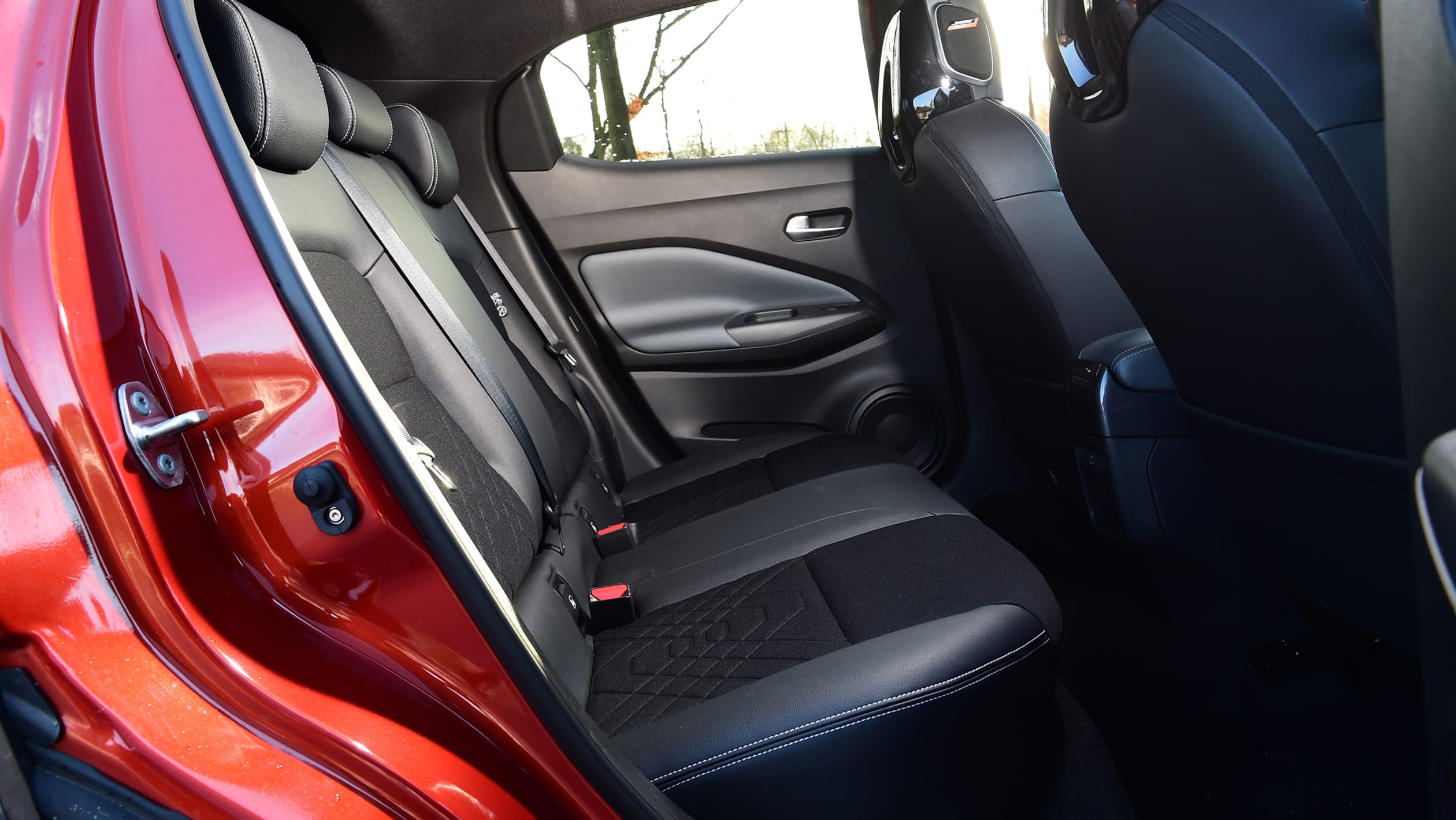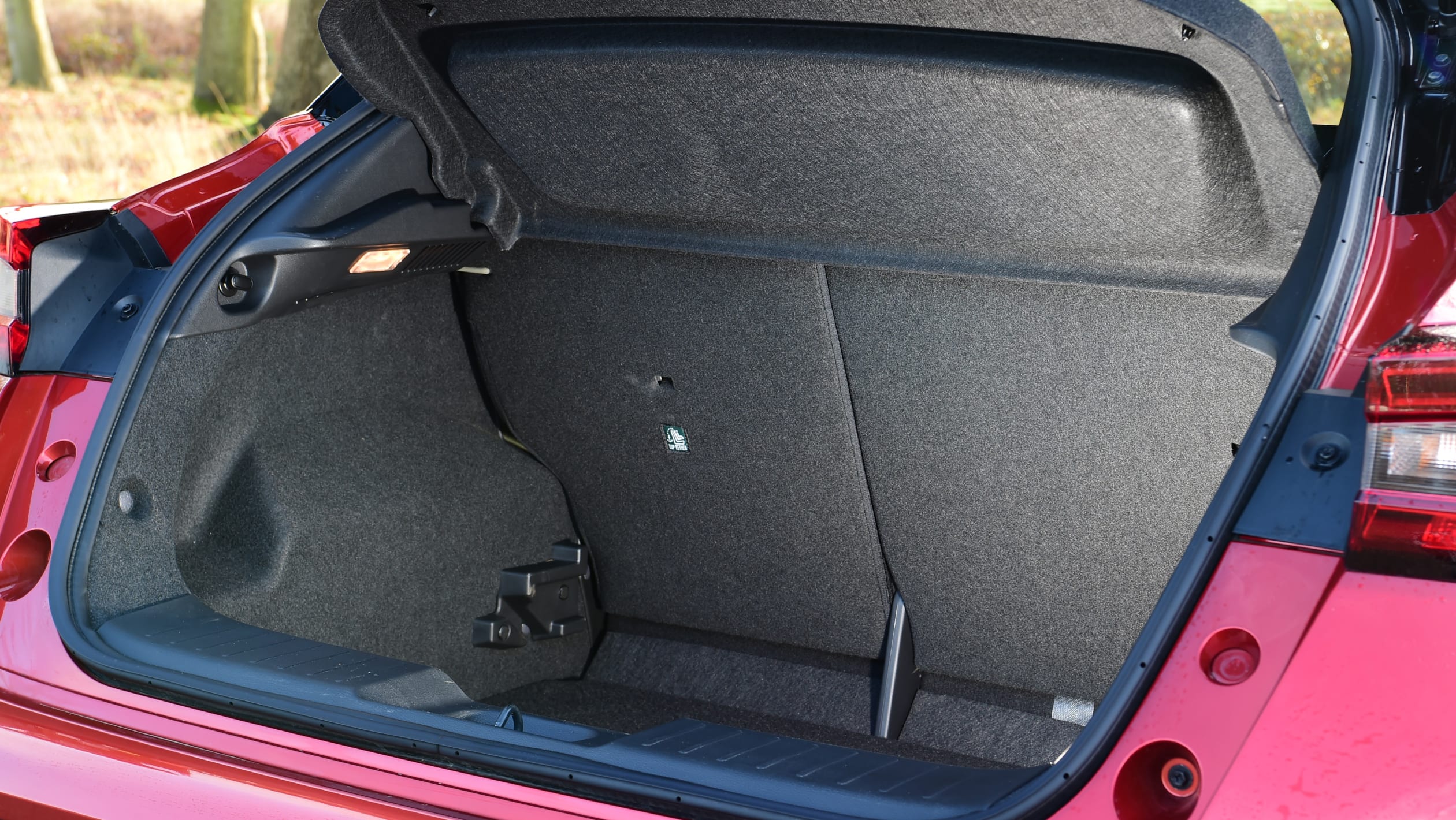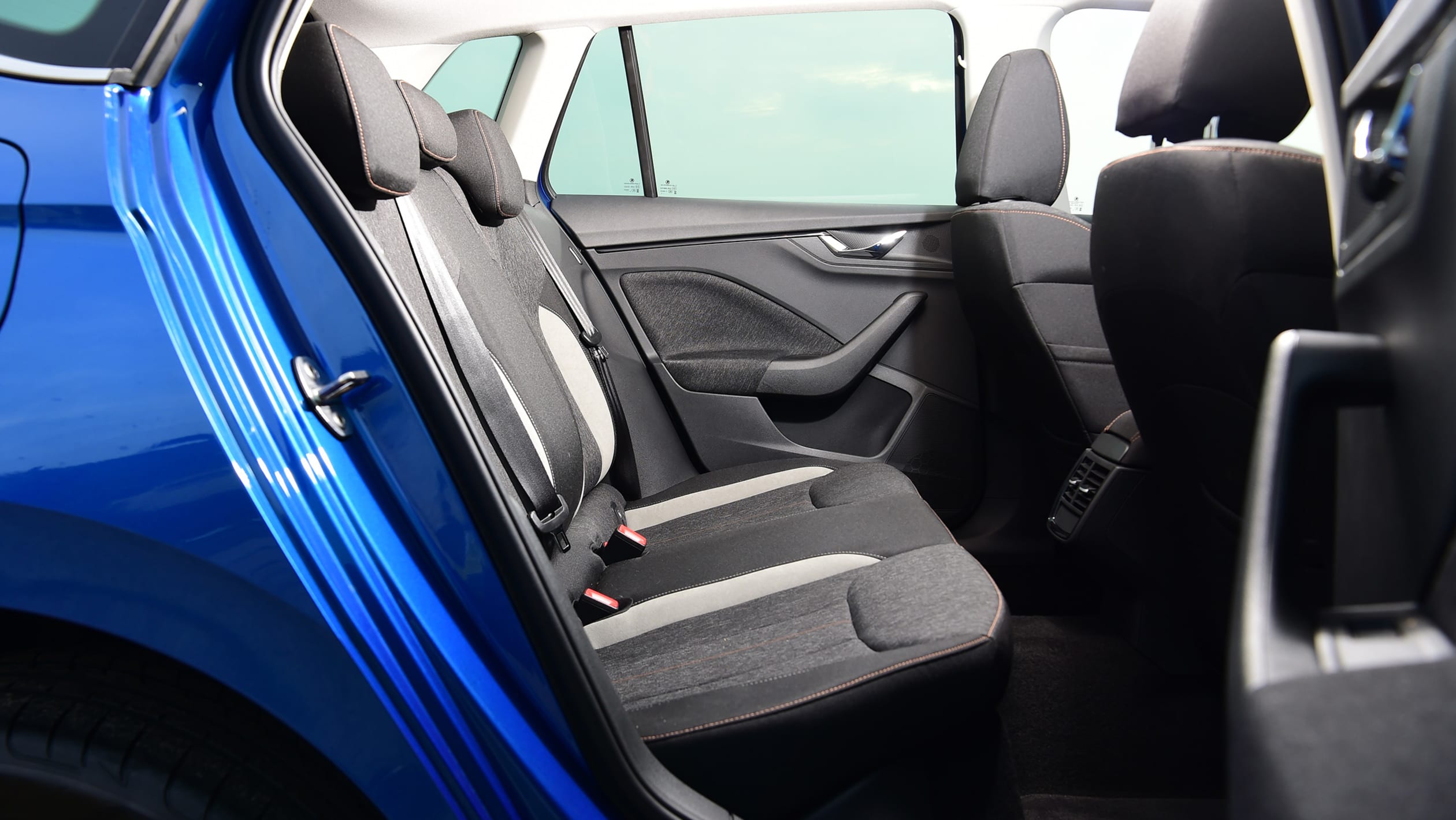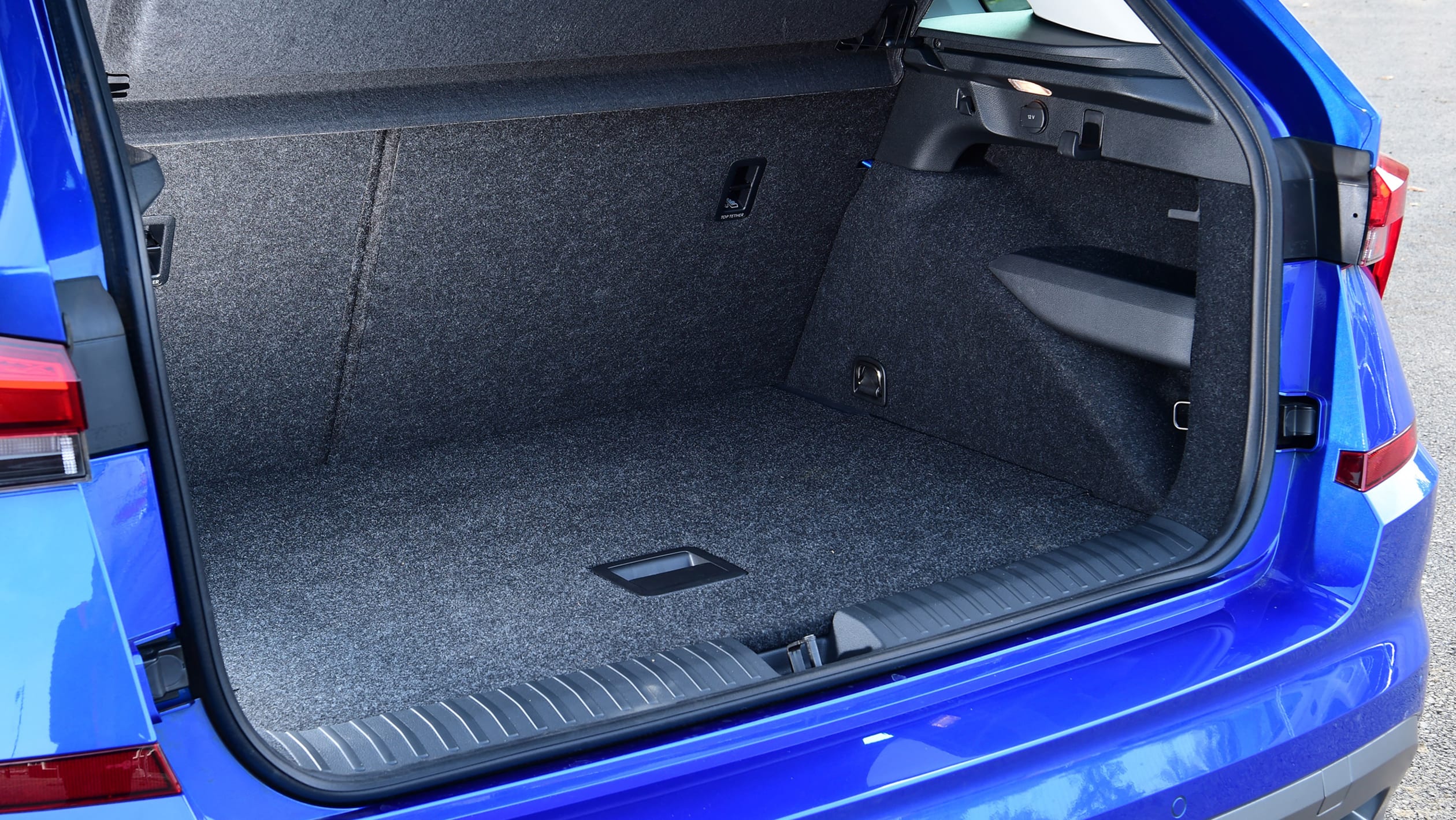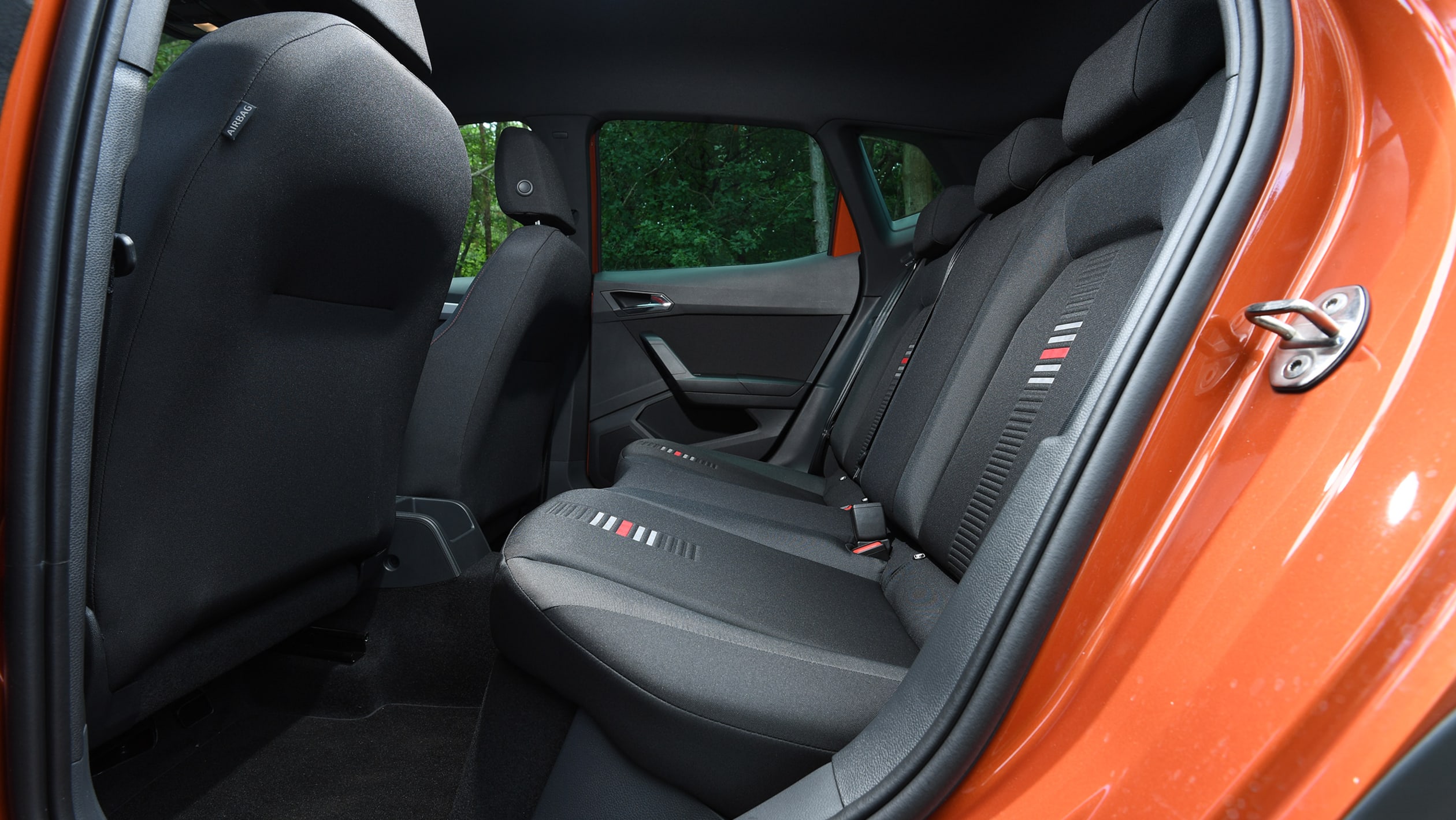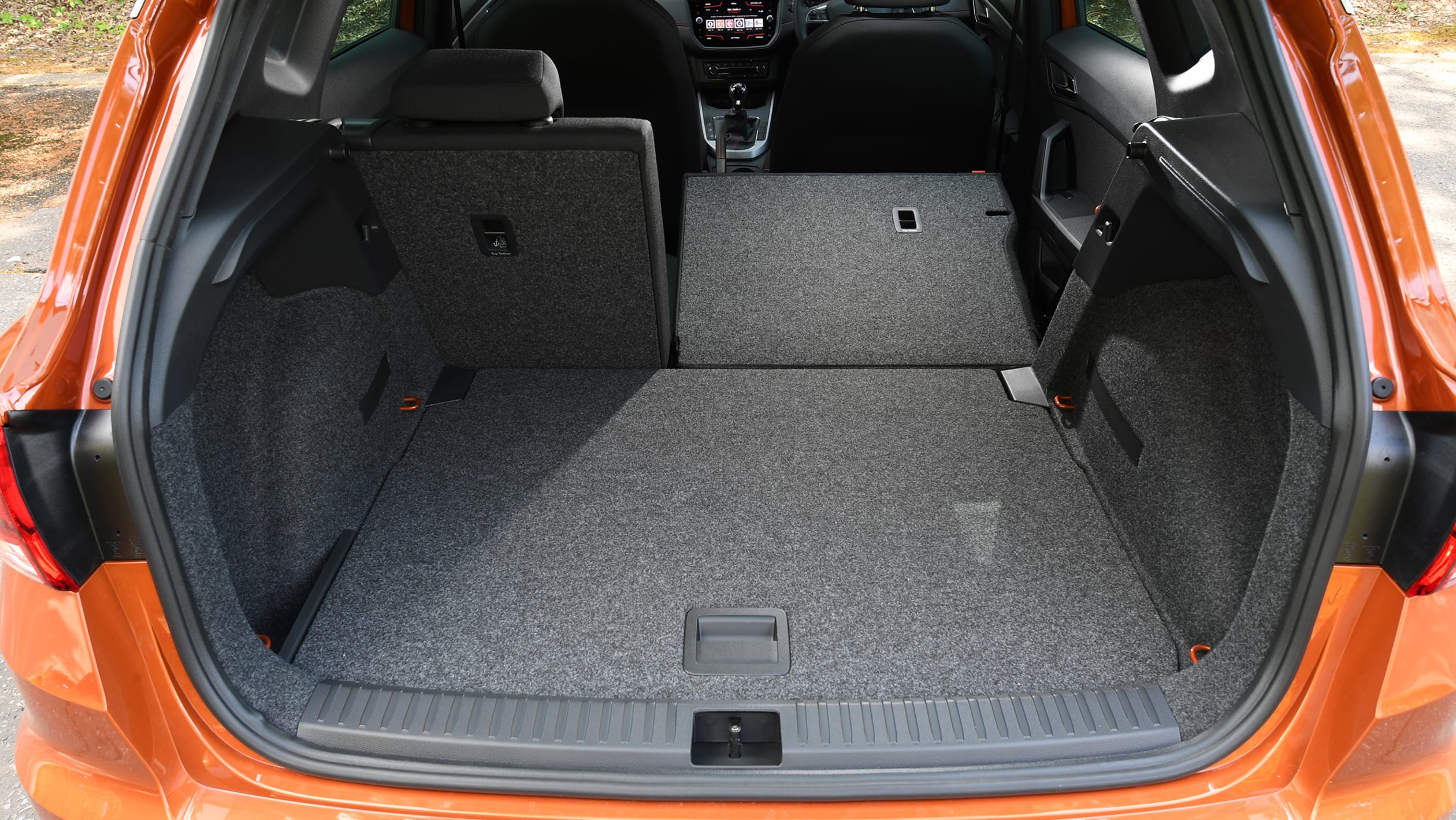The Nissan Juke squares up to the Skoda Kamiq and SEAT Arona in the battle for the supermini-SUV crown.
The first Juke kick-started the whole supermini-SUV segment; previously, this part of the market was mainly rugged small 4x4s, like the Suzuki Jimny. But the funky-looking Nissan proved that buyers wanted cars that had a bit more practicality than a supermini and the styling of an SUV, but without the larger dimensions.
Other car makers saw the potential of the segment and in recent years the choice has expanded rapidly. Even just in the last few months, we’ve been behind the wheel of several models new to the class, including the Skoda Kamiq, which won its first Auto Express group test. Equally, there are some established players, too. The SEAT Arona, which is the other car in this test, has been around since 2017, and has been a consistent presence at the top of the class.
Here we’ll find out what Nissan has done to bring its pioneering model up to date with today’s competition, and which of these three small SUVs makes the most sense for the most buyers.
Nissan Juke
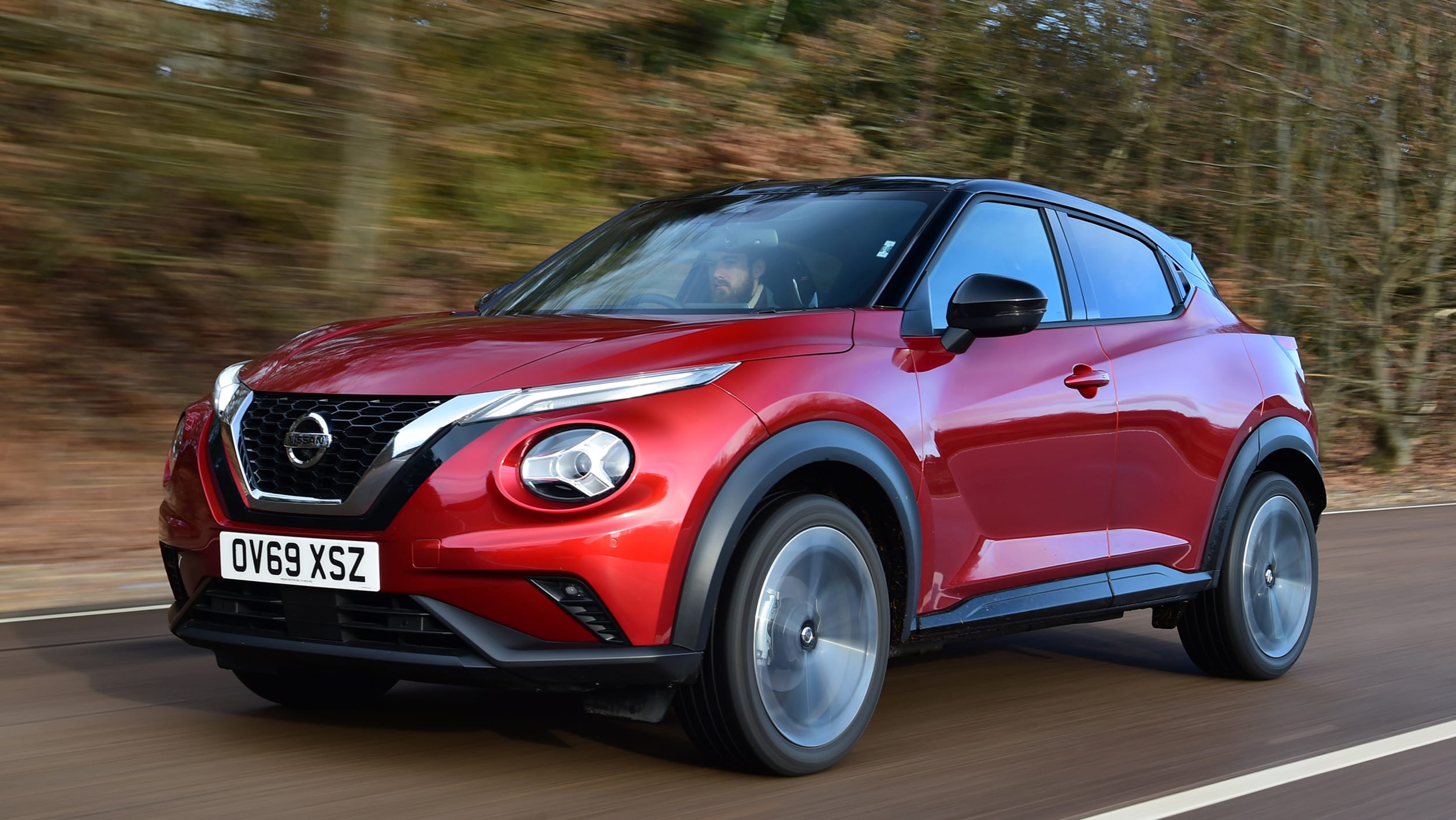
Design & engineering
The new Nissan Juke is one of the first models to use the Renault-Nissan-Mitsubishi Alliance’s CMF-B platform, which has been developed to bring improvements to lots of areas of the cars that will use it. It’s also engineered to allow electric powertrains as well as the latest autonomous safety tech and driving aids.
At 4,210mm long and 1,800mm wide, this new Juke is bigger than the old model, but it shares some design touches with the original version, such as the bubble-like headlights and exaggerated wheelarches.
As is common in this class of car, the Juke uses a three-cylinder turbocharged petrol engine. The Nissan’s 1.0-litre unit has 115bhp and 200Nm of torque, which is very similar to the 113bhp and 200Nm from the 1.0-litre unit in its rivals.
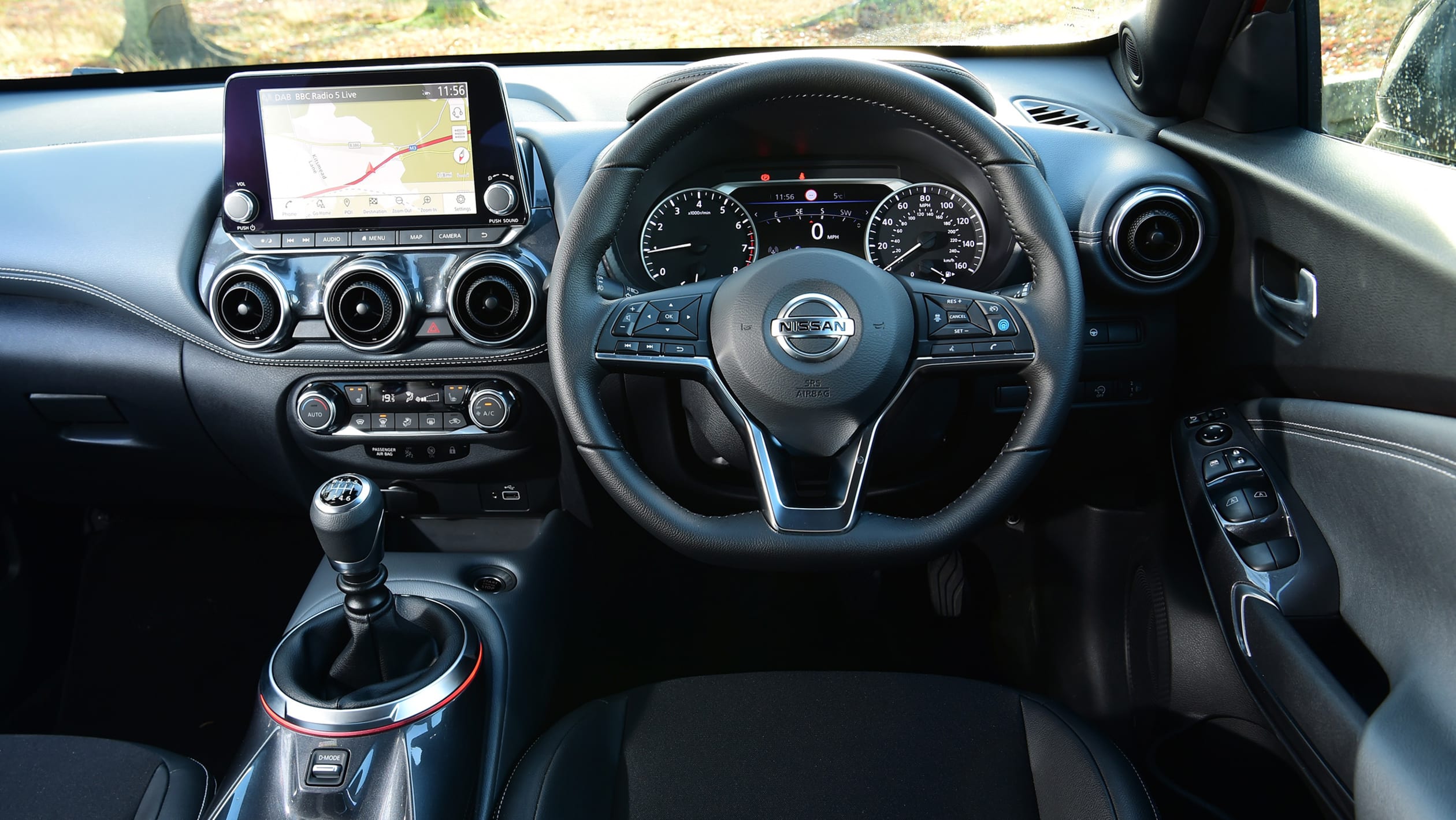
The Juke’s interior is well put together and there are some good-quality materials in certain places, but hard plastics in others, while cheap-feeling buttons and controls mean the cabin doesn’t seem as classy as its rivals’. While all three models have some low-rent materials inside, the Juke’s more elaborate cabin design can’t hide them as effectively.
Driving
Nissan’s 1.0-litre engine has quite a few things in common with the units in its rivals. It’s quiet at low revs and doesn’t sound unpleasant even when pushed harder. It’s also happiest in the middle of the rev range, where it develops a decent 200Nm of torque.
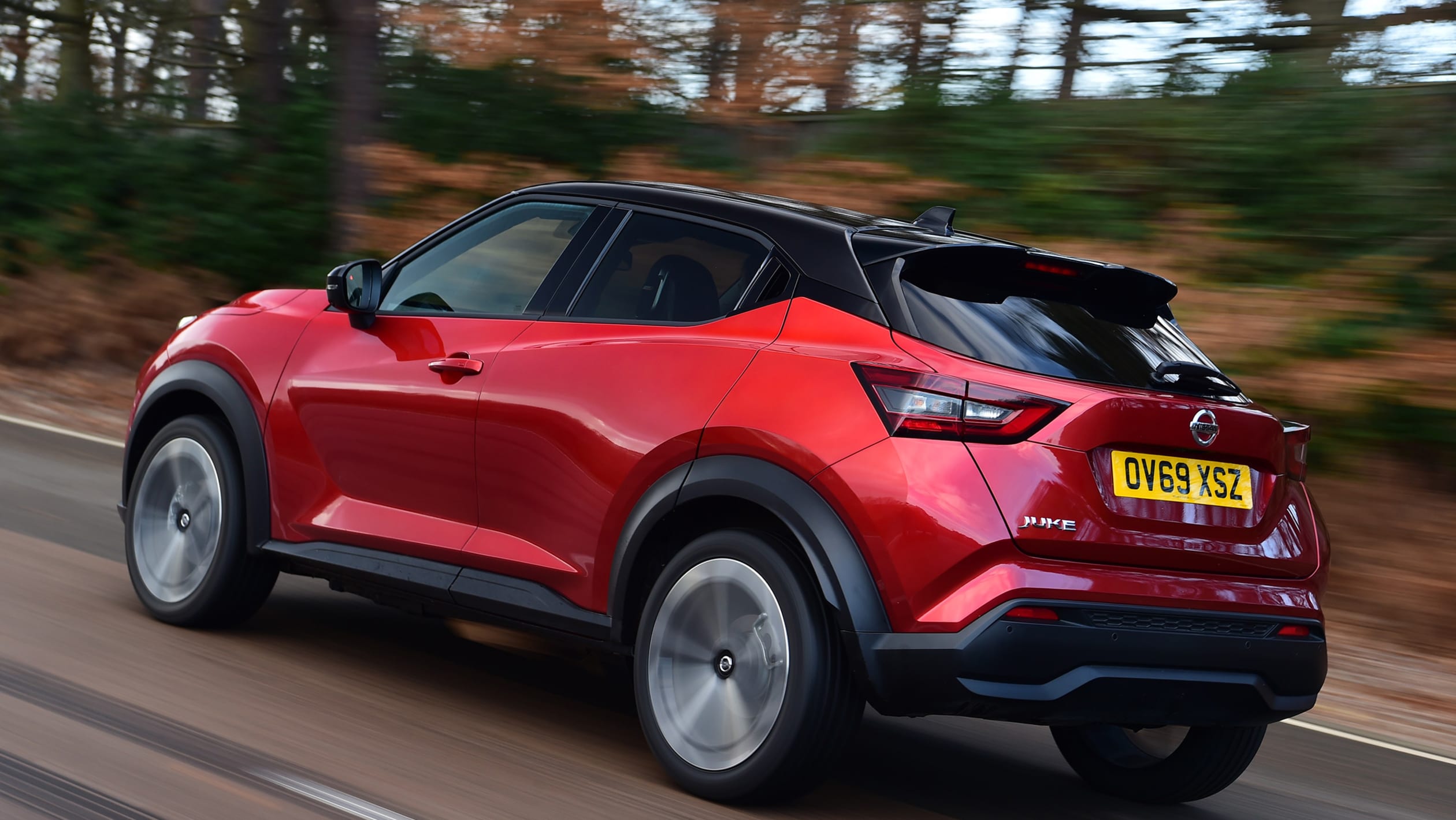
But even with slightly more power, the Juke feels underpowered and lethargic next to the Kamiq and Arona. We recorded a 0-60mph time of 11.4 seconds in the Juke, which was two seconds behind the Kamiq and 2.4 seconds off the Arona. Its in-gear results were poor, too: it went from 30-50mph in fourth in 7.0 seconds, yet it took the Skoda and SEAT just 6.0 and 6.4 seconds respectively to do the same. The Nissan covered 50-70mph in top gear in 16.2 seconds, while the Skoda needed 11.9 seconds and the SEAT 13.1 seconds, despite shorter gearing in the Juke.
Practicality
The Juke has an adjustable boot floor and folding rear seats, but like the Kamiq and Arona, it misses out on a sliding rear bench, which is fitted to some other rivals. It has a fixed luggage space of 422 litres, which is still excellent: it’s larger than the Skoda and SEAT’s 400-litre capacities. Fold the seats down and there’s a little less room than in the Skoda, though, and the boot opening is narrower than the Kamiq’s. There are 1,305 litres in total with the rear seats down, which is 90 litres less than you get in the Skoda. SEAT doesn’t list a figure for the Arona in this configuration.
Skoda Kamiq
The Juke has a lot to live up to thanks to its well known name, but the Kamiq has an even tougher task: starting from scratch as a totally new car for Skoda. It’s got what it takes, as our current class favourite, though.
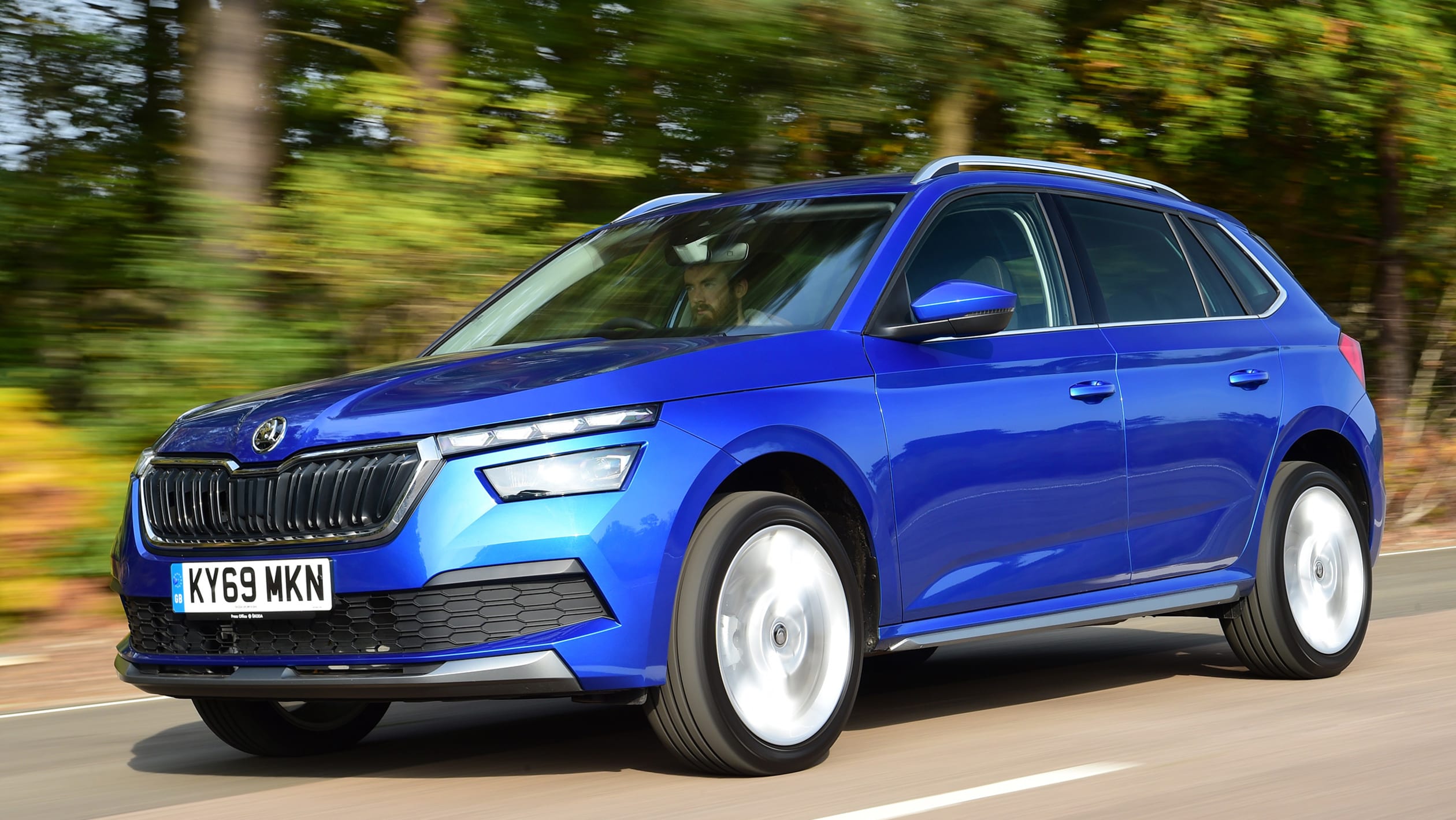
Design & engineering
The Kamiq sits on the Volkswagen Group’s MQB architecture in its construction, which the Arona also uses. This platform is used in many other models, including Skoda’s Scala, and allows the use of the group’s 1.0-litre engine, found in Audis, SEATs, VWs and Skodas.
The three-cylinder motor is turbocharged and has 113bhp and 200Nm of torque, which is just below the Nissan’s 115bhp, but the Kamiq is the lightest model of the three, with a kerbweight of 1,158kg.
There’s not much visual flair in the Kamiq’s cabin. This is true of the Arona as well, and the build quality is good. There are some cheap-looking and feeling plastics in some areas, so you can tell where costs have been cut, but the large infotainment display gives the Skoda SUV a modern feel.
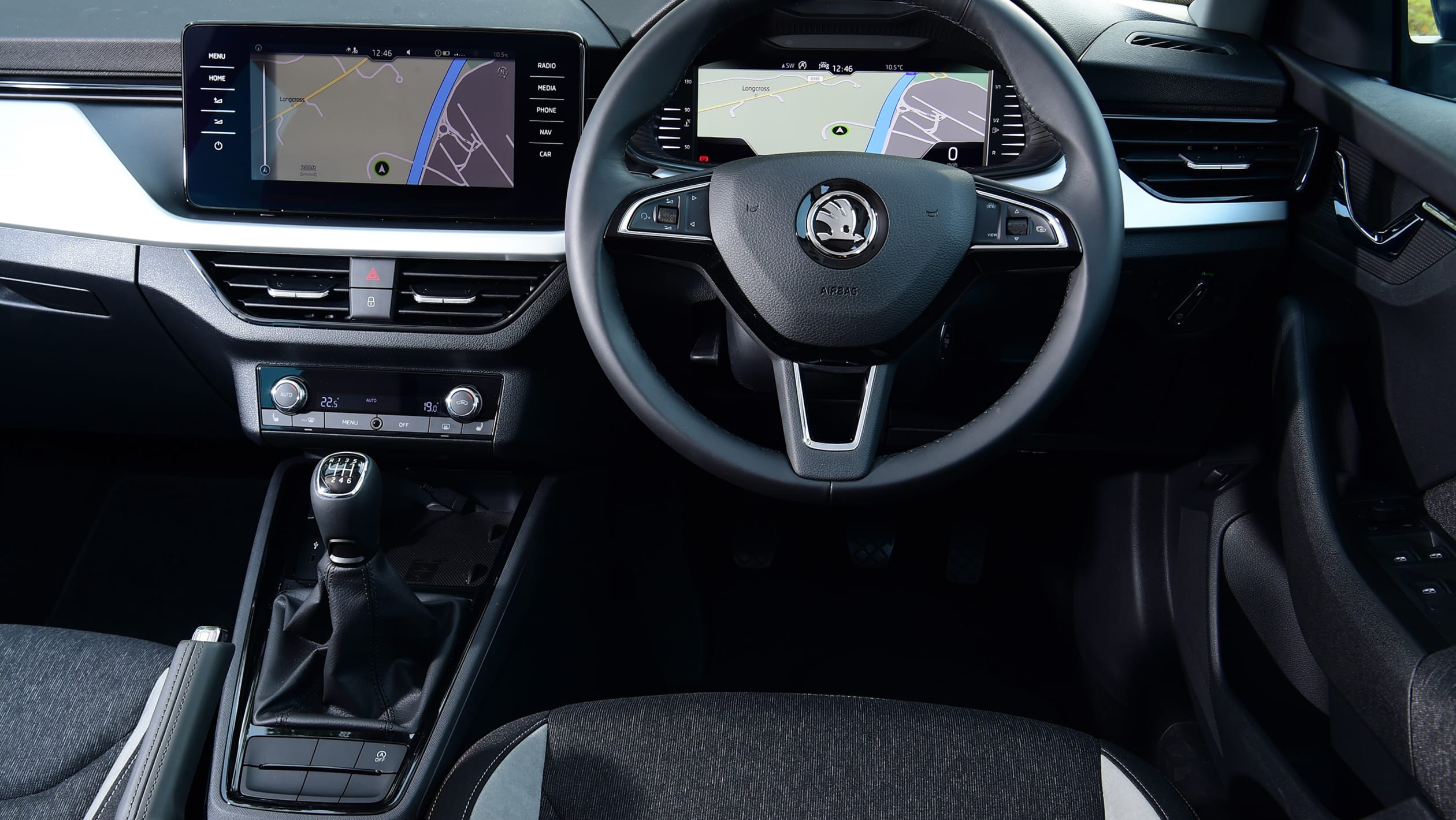
Driving
The Kamiq’s strength when it comes to the driving experience is that it balances each key area very well. While it’s not outstanding in any single area, the Czech model is good at pretty much everything.
Firstly, the ride quality is about right: there’s enough firmness that body roll isn’t an issue in fast corners, but it still smooths out rough sections of tarmac and it’s calm on most roads. It’s soft enough to absorb potholes at low speed, although the set-up isn’t perfect, because there’s a bit of vibration at motorway speeds, but nowhere near as much as in the Juke. Wind and road noise are acceptable, so longer trips aren’t out of the question at all.

The Kamiq was the fastest car here in our in-gear acceleration tests. It was more than a second quicker than the Juke from 30-50mph in third gear, taking 4.2 seconds, which was also 0.1 seconds faster than the Arona. It went from 50-70mph in fifth gear in 8.9 seconds, again ahead of its SEAT sibling (which recorded 9.4 seconds) and well ahead of the sluggish Nissan (which needed 12 seconds).
Practicality
With its 400-litre boot with the rear seats up, and 1,395 litres of space with them folded, the Kamiq is very practical. It’s a little behind the Juke’s 422 litres, and it matches the SEAT’s 400 litres, so all three score well here.
There’s more than enough room for adults to sit comfortably in the rear seats, because there’s lots of headroom and legroom. There’s also enough light and the comfortable seats are easy to access through the rear doors. Yet while the Skoda is impressive in this area, it’s not bigger by a large margin; both rivals are spacious, too.
SEAT Arona
Design & engineering
This engine is shared with the Kamiq, so the Arona has the same 200Nm of torque at 2,000rpm. The Juke has an identical maximum torque figure, but in that car’s engine, it’s delivered lower down, at 1,750rpm.
The SEAT also has a six-speed manual gearbox and front-wheel drive – four-wheel drive isn’t available. At 4,138mm long and 1,780mm wide, the Arona is the smallest model here, but as we’ll see, that doesn’t impact on its practicality. The MQB chassis on which it sits means it has a great basis not just for interior packaging, but also for ride and handling.
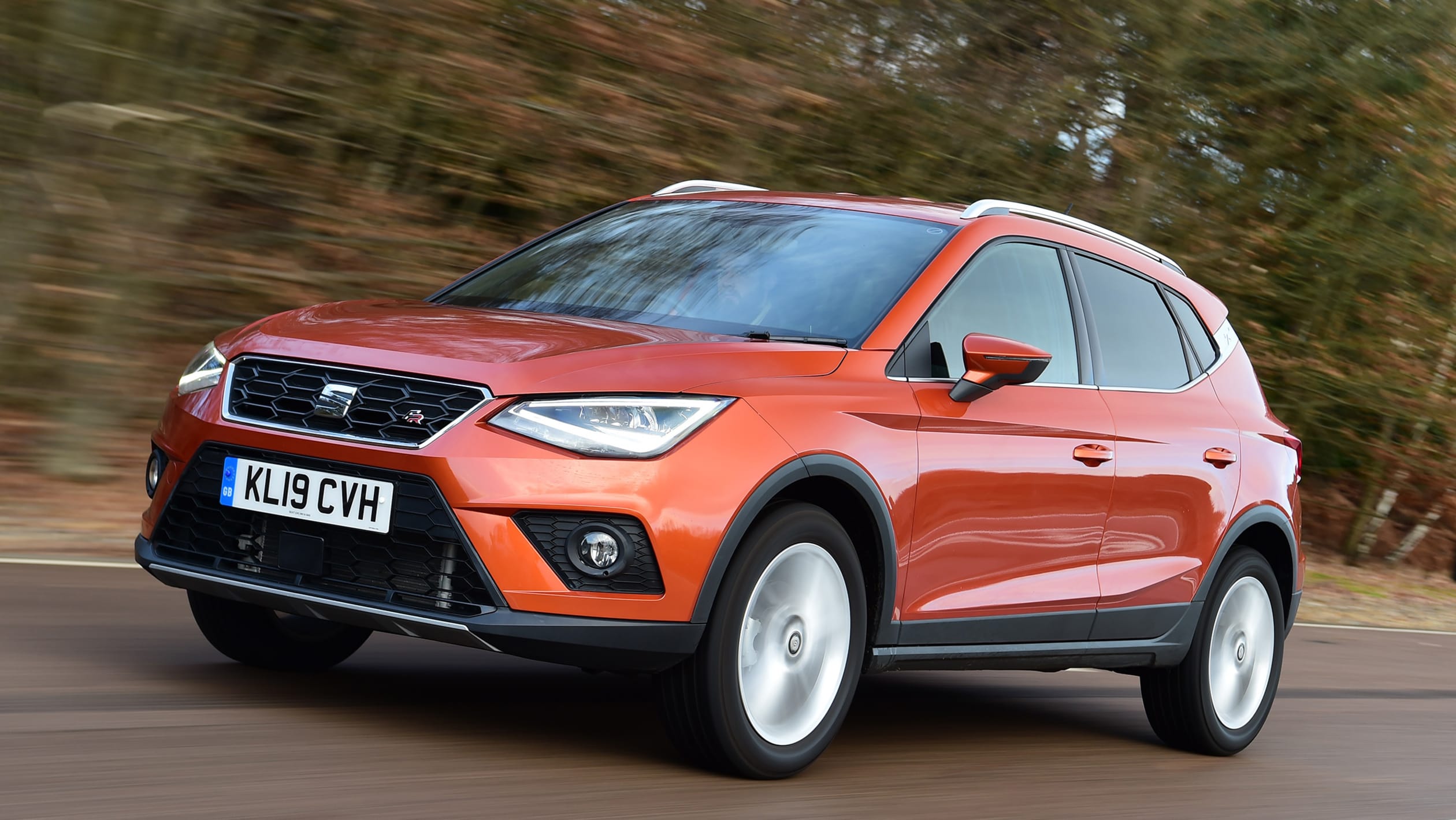
There are very few options available on the Arona, and to get more kit you need to choose a higher trim level – even metallic paint comes included, so the list price is pretty much what you’ll pay. Standard equipment on this FR Sport model is decent, but it’s a shame certain features are missing: there’s no reversing camera, lane-keep or blind-spot assist tech available at all, nor can you add keyless go. What you do get is 18-inch alloys, adaptive cruise control, LED lights, a digital instrument cluster and an eight-inch touchscreen infotainment system with 3D sat-nav mapping and smartphone connectivity.
Driving
The SEAT Arona remains one of the best-handling cars in this class, and it combines this with good ride quality.
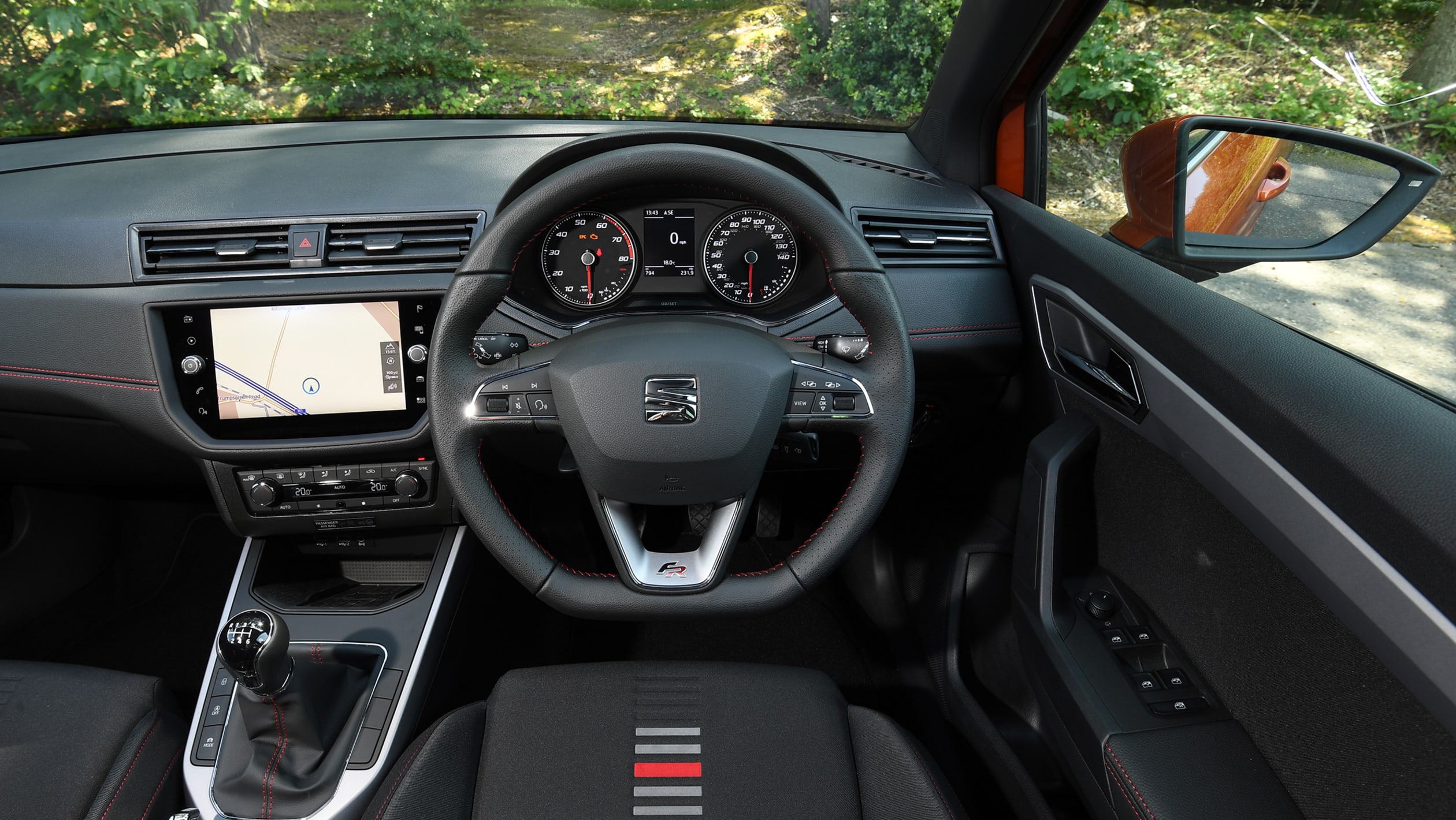
The steering is a lot like it is in the Kamiq: it’s light and precise but doesn’t offer much, if any, feel or feedback. There’s plenty of grip, and with the FR Sport trim’s sportier suspension, the SEAT resists body roll more than its Skoda cousin. This gives you more confidence to carry speed into corners, yet it’s not so stiff that comfort is an issue. The Arona doesn’t glide over bumps in the road, and you’ll notice harsh movements coming into the cabin every so often, but on the whole it’s comfy enough, and it’s certainly a lot more composed and smoother than the Juke.
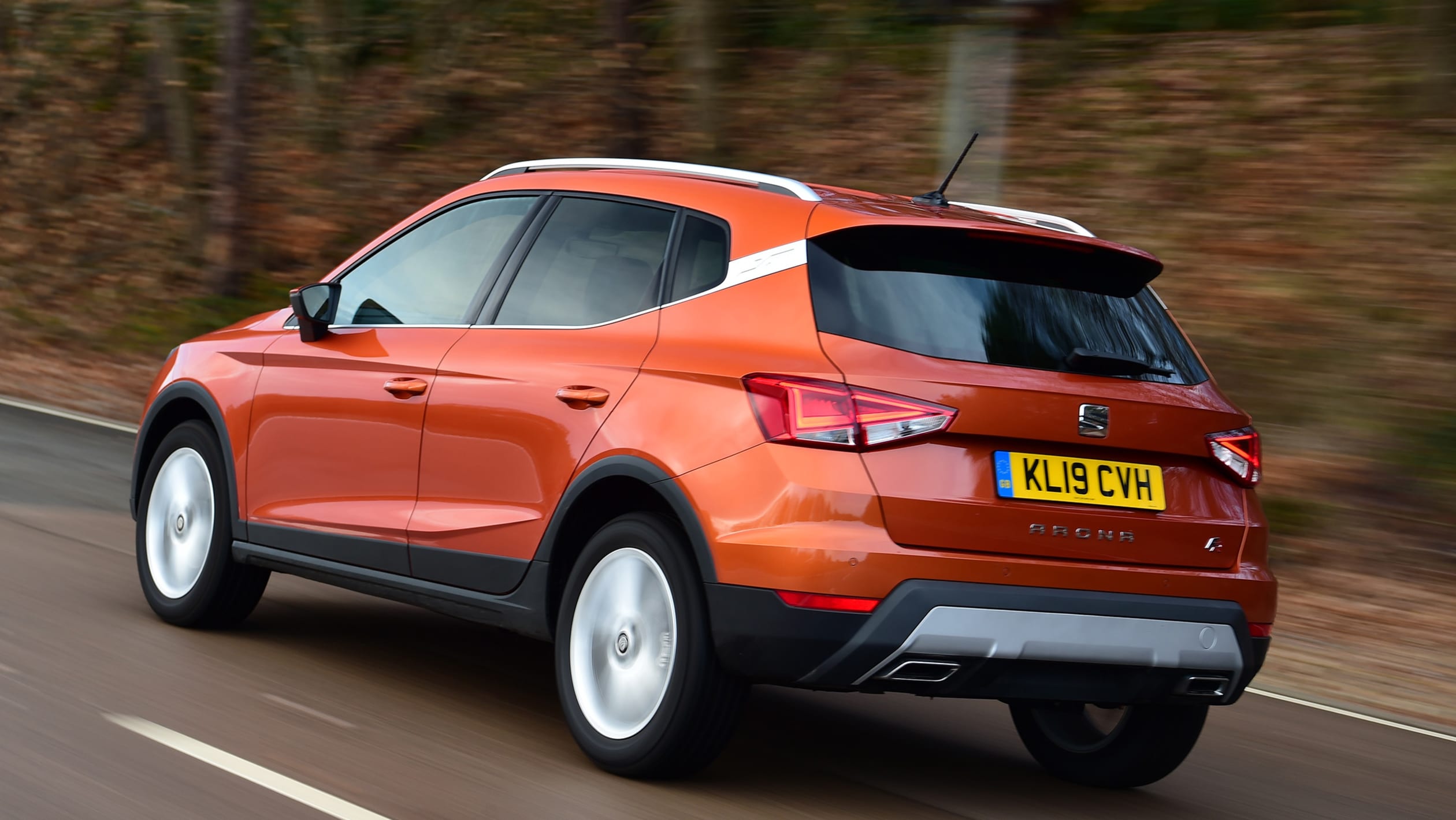
Practicality
Despite its smaller footprint compared with its rivals, the SEAT still matches the Skoda’s boot space, at 400 litres. Both are 22 litres behind the Nissan here, but all three cars have decent luggage capacity.
Visibility is good, and the light controls mean the Arona is easy to drive and park, even in tight spaces
The rear seats are big enough for adults, but only just. A long trip in the back might cause some aches and pains for taller passengers, but it will be roomy enough for kids to be comfortable. There’s no issue with headroom, either, because adults can just about sit up straight in the back.
Verdict
First place: Skoda Kamiq

The Skoda is a clear winner here because it has the widest range of ability. It’s comfortable enough most of the time and nearly as good to drive as the Arona, while also having more room for passengers, good in-gear performance and low running costs. It has the best infotainment of the bunch, too, and running costs will be low. Value for money is high for all of these reasons, so the Kamiq stays at the top of the class.
Second place: SEAT Arona

Even though it’s been on sale for a while now, the SEAT Arona is still a very strong contender. It’s infotainment and interior aren’t quite up to the standard of the Skoda here, but it’s a match for the Nissan, and just about every other aspect of the driving experience is better than the newcomer: it’s fun to drive, comfortable enough and easier to live with. It’s practical and has all the kit you’d want, too.
Third place: Nissan Juke

The Nissan Juke is a disappointment, mostly because of its unacceptably harsh ride. Poor performance, and unpleasant manual gearbox and a high price hurt its appeal further, but it’s not without merit. It’s spacious inside, especially the boot, and there’s lots of standard kit, particularly safety gear. The engine is quiet and it’s a significant step on from its predecessor in terms of interior quality and infotainment.
Content by: Auto Express team, www.autoexpress.co.uk/
